The ears might be cute, but there’s a lot hiding under the surface that no one tells you upfront.
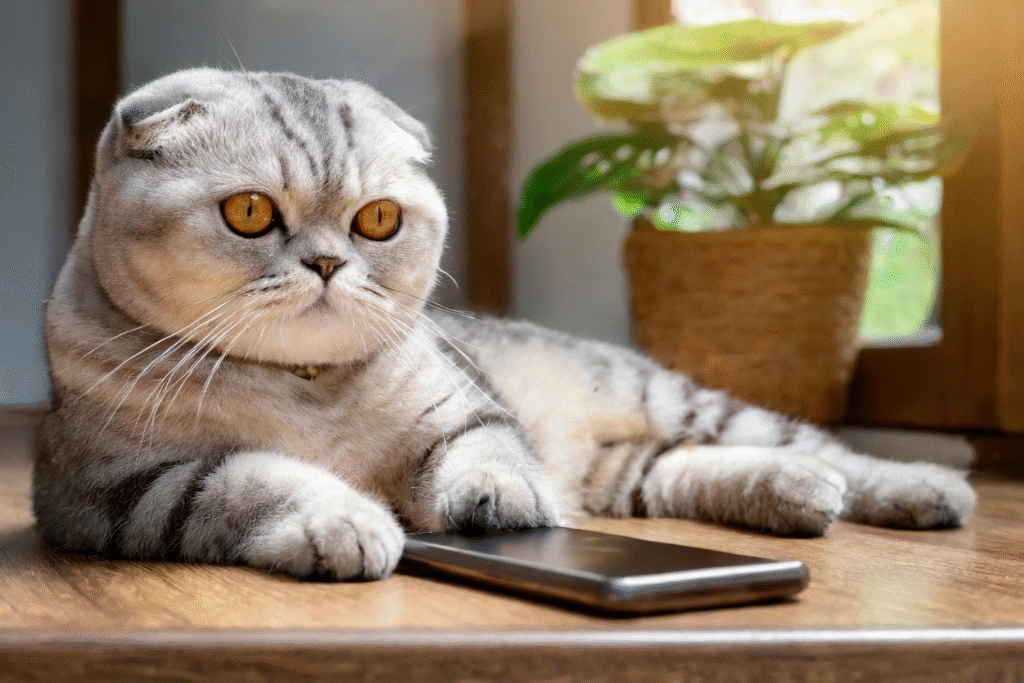
Scottish Folds look like storybook characters came to life. Their round faces, wide eyes, and iconic folded ears are pure aesthetic bait—until reality hits. Behind the calm exterior is a genetic gamble many owners didn’t know they were making. From lifelong pain to heartbreaking vet bills, these cats come with baggage that goes way beyond the cute factor. Here’s what some people find out too late—and why regret starts right after the honeymoon phase ends.
1. The ear fold isn’t just cosmetic, it’s caused by a bone disorder.
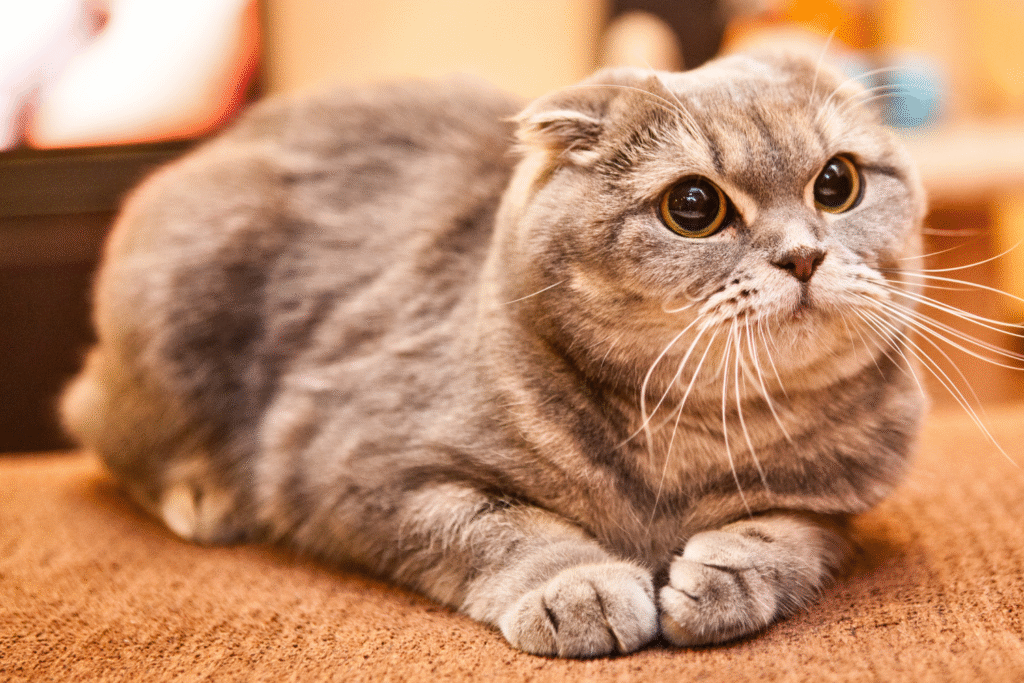
The iconic folded ears are the result of a genetic mutation that affects cartilage throughout the body, not just in the ears. As discovered by the University of Edinburgh’s Royal (Dick) School of Veterinary Studies, the same gene that gives Scottish Folds their look also causes osteochondrodysplasia—a condition that leads to malformed joints, chronic pain, and limited mobility.
Many owners are shocked to learn this isn’t a rare outcome. It’s considered part of the breed. The cute ears are a red flag for lifelong skeletal issues, not just a quirk. And no, there’s no cure—only management.
2. Even “healthy-looking” Scottish Folds often develop arthritis young.
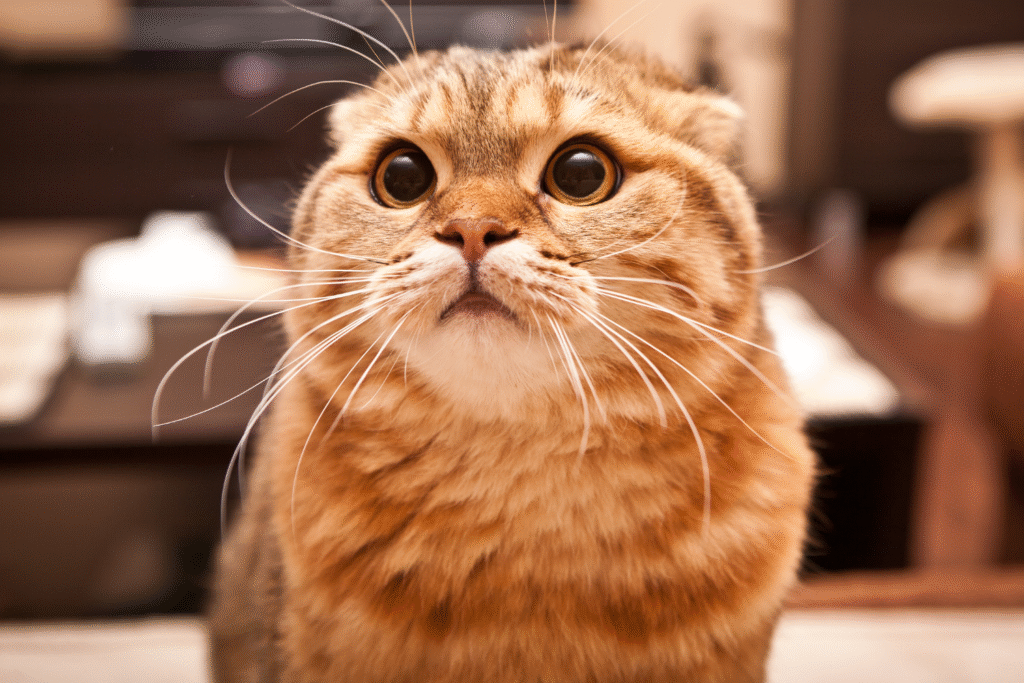
You won’t see it right away. The kitten seems fine, playful, totally normal. But as stated by the British Veterinary Association, arthritis in Scottish Folds can begin as early as six months old, even in cats that appear to be thriving. The condition progresses quietly, and by the time the limping starts, it’s already become chronic.
Daily meds, joint supplements, and specialty care become part of the routine. And while some cats respond well to treatment, many still experience pain that limits their activity. What looks like “lazy and laid-back” behavior is often just them trying not to hurt.
3. This breed is banned in multiple countries for ethical reasons.
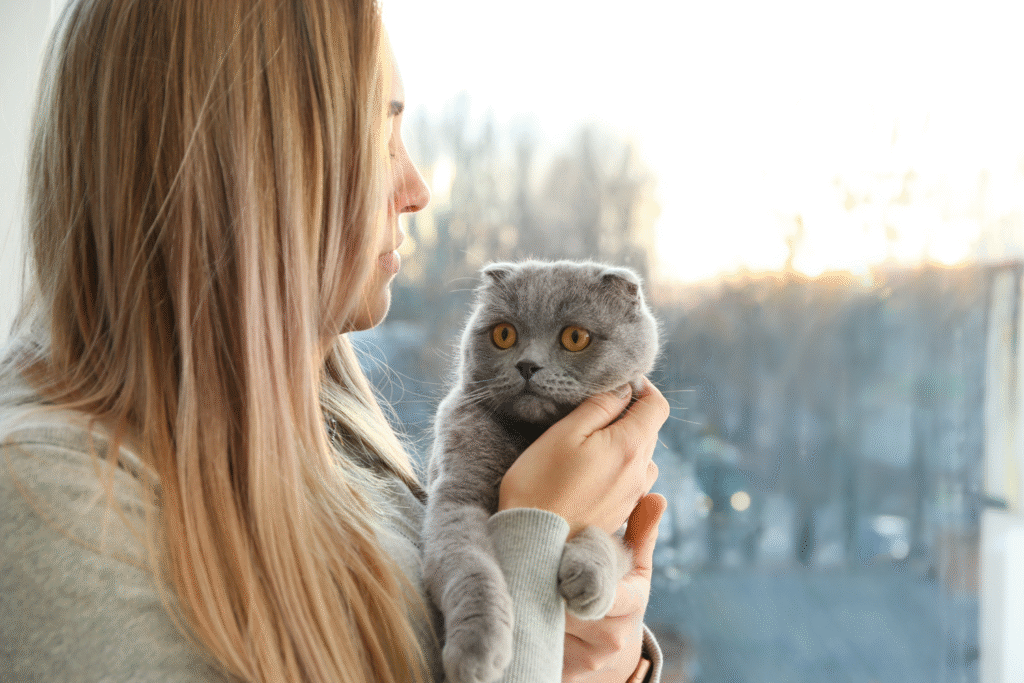
Some countries, like Scotland and the Netherlands, have gone so far as to discourage or outright ban the breeding of Scottish Folds due to welfare concerns. Reported by The Guardian, these restrictions are based on growing evidence that the breed suffers from predictable, unavoidable health problems directly tied to their genetics.
Even veterinarians in the U.S. have raised ethical concerns about their popularity, especially among influencers who showcase them as “low-maintenance” pets. The aesthetic hides a lifetime of potential suffering, and more professionals are speaking up about the need for stricter breeding regulations.
4. They often sit in weird positions to avoid joint pain.
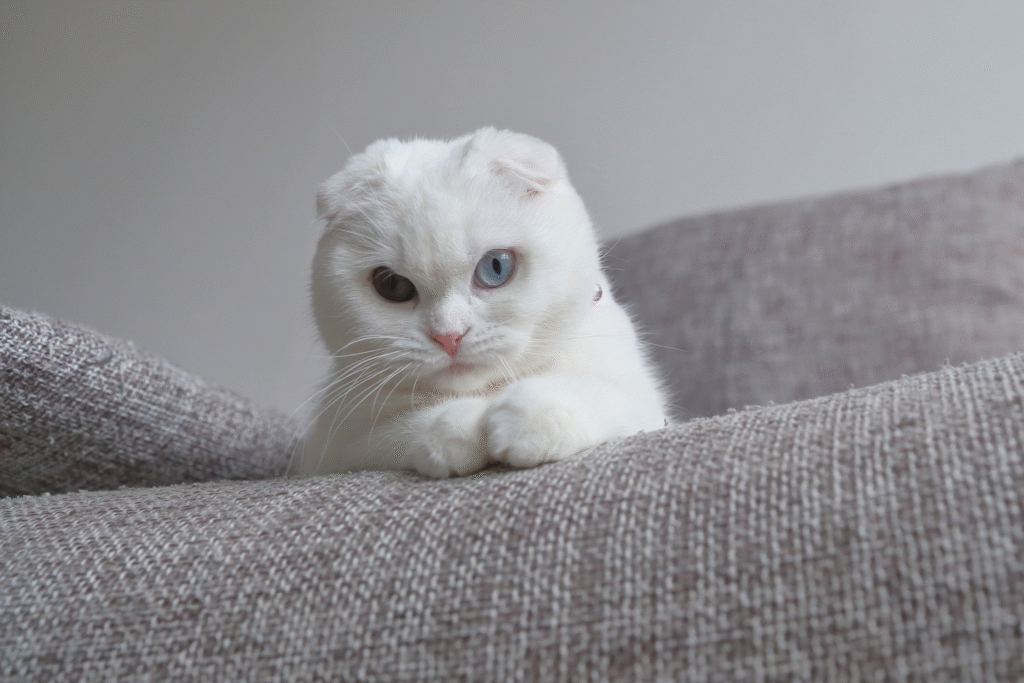
If you’ve seen a Scottish Fold sitting upright like a meerkat, you’ve probably thought it was cute. What you were actually seeing may have been a posture adjustment to relieve pressure on their back legs or hips. These positions aren’t a party trick—they’re compensation for joint discomfort. The body finds ways to move when movement hurts.
Some cats also avoid climbing or jumping, preferring to stay low or close to soft surfaces. This changes the way you have to set up their environment. Cat trees, stairs, and shelves may go unused unless they’re designed with ramps or extra support.
5. Vet bills can snowball before the cat hits middle age.
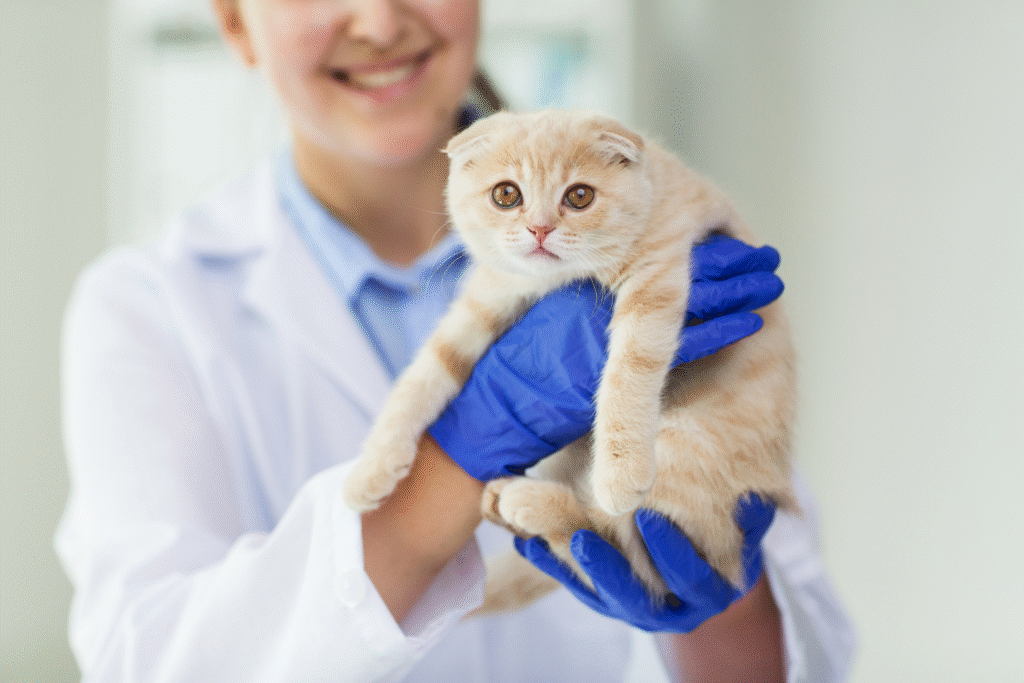
Between diagnostic imaging, orthopedic consults, pain meds, and supplements, the cost of managing a Scottish Fold’s health can creep up fast. What begins as a single limp or strange movement often leads to X-rays, CT scans, and ongoing treatment. Insurance may help, but some providers limit coverage for known breed-related issues, which puts owners in a financial bind.
It’s not just the bills—it’s the frequency. These aren’t one-off emergencies. They’re chronic conditions that require consistent monitoring. That means more check-ups, more procedures, and a whole lot of receipts you weren’t planning for when you fell for those floppy ears.
6. Grooming isn’t optional, especially around the ears.
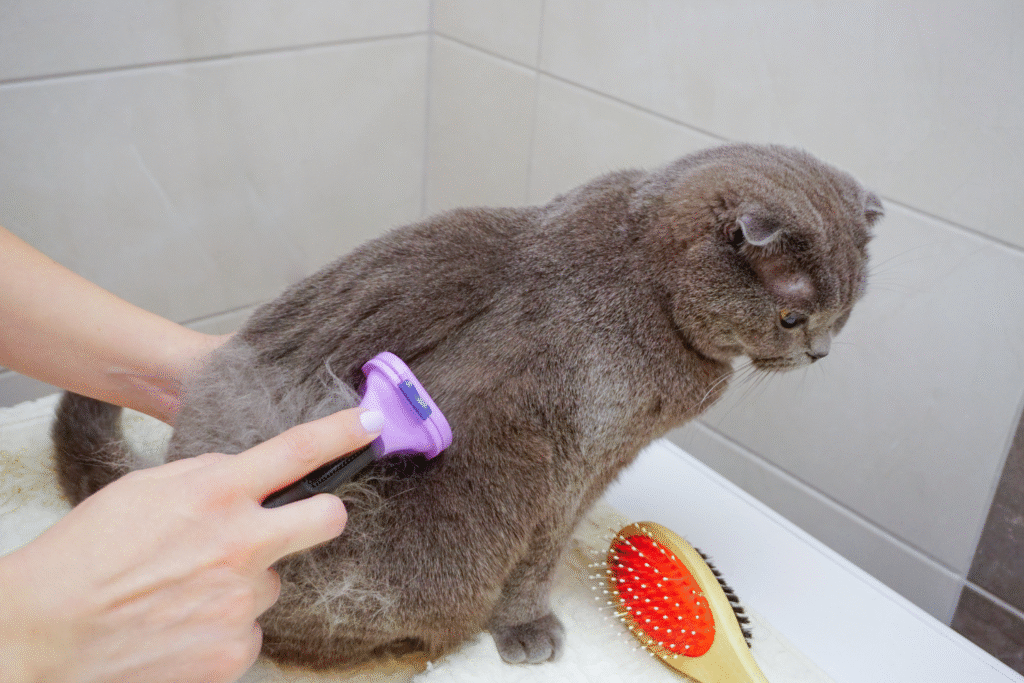
The ear folds trap dirt and moisture, which can lead to infections if not cleaned regularly. You’ll need to wipe them gently but often, making ear hygiene part of your cat care routine. And since many Folds dislike having their ears handled, this can become a small, recurring battle that neither of you enjoys.
On top of that, their dense coats need frequent brushing to prevent matting—especially if they’ve got the longer hair of the Highland Fold variety. If you were hoping for a low-effort cat, this isn’t the one.
7. Behavioral issues can stem from constant low-grade pain.
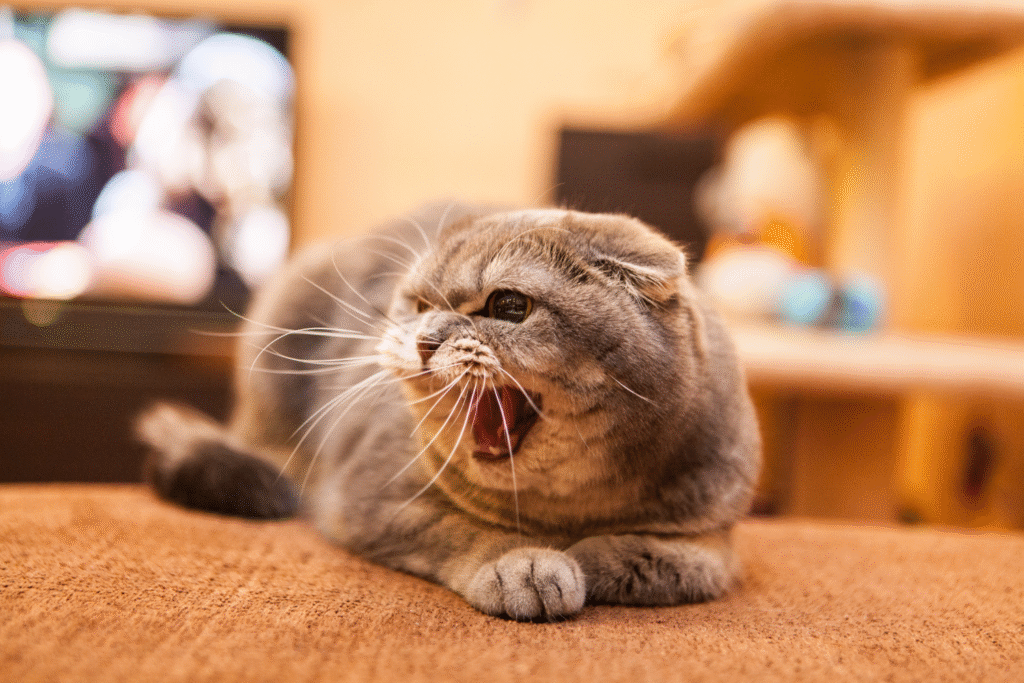
A cat in discomfort doesn’t always cry out. Instead, they might hide, lash out, or become withdrawn. Some Scottish Folds are labeled “moody” or “unpredictable” when the truth is they’re just hurting and unsure how to cope. Pain affects behavior, and for a breed that’s genetically wired for joint problems, that’s a big deal.
Even subtle shifts—like refusing the litter box or flinching when touched—can be pain responses in disguise. You’ll end up spending time decoding what’s behavioral and what’s physical, and that process can be frustrating for both cat and human.
8. Not every vet is experienced with their orthopedic issues.
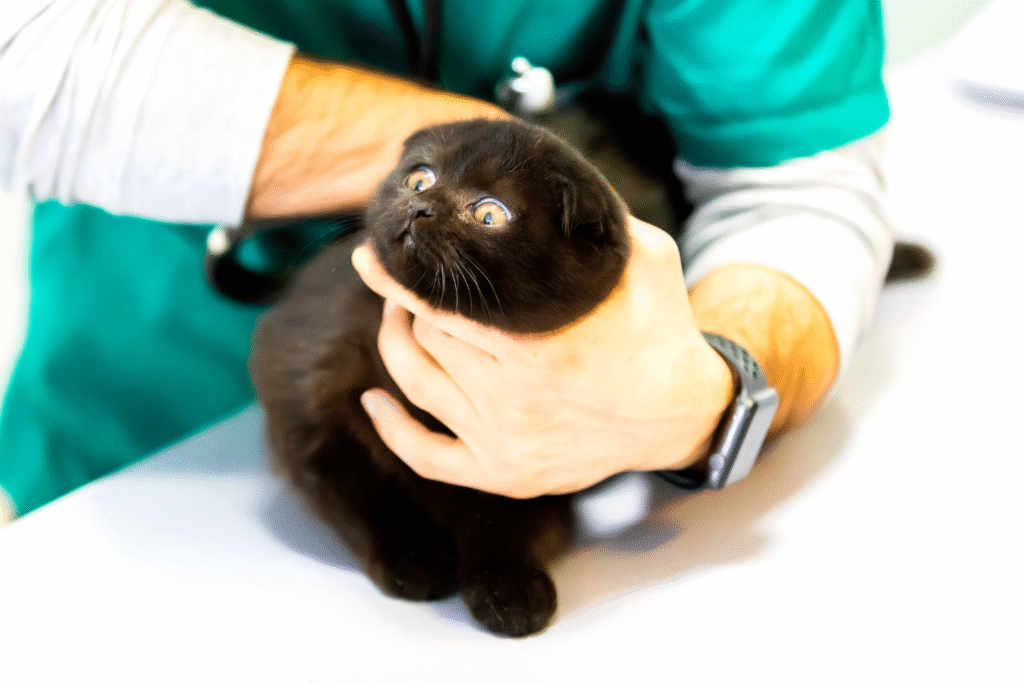
General practitioners may not always catch early signs of osteochondrodysplasia, especially if they don’t see many Scottish Folds. That means you might be referred to specialists—orthopedic vets, neurologists, physical therapists—just to get clear answers. And those visits don’t come cheap or fast.
Delays in diagnosis can make things worse. Without timely intervention, joint damage progresses, and some options like surgery become riskier. Having a Scottish Fold often means becoming your cat’s case manager, pushing for tests, treatment, and second opinions far earlier than you expected.
9. Many breeders still prioritize looks over welfare.
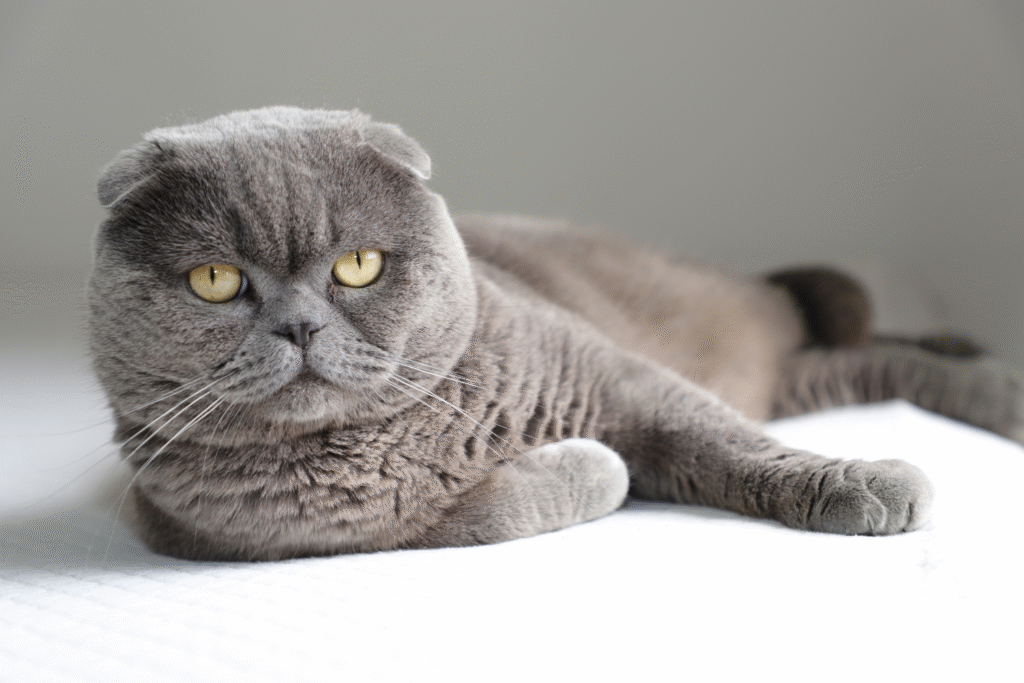
Despite growing awareness, some breeders continue producing Folds without full transparency about the risks. They’ll claim “this line is healthy” or that the condition only shows up in “double-folded” cats, which is misleading. The gene is dominant, and any Fold-eared cat carries it, regardless of what the paperwork says.
Reputable breeders are rare, and you’ll need to do an uncomfortable amount of digging to find one that prioritizes joint screenings, open records, and responsible practices. Even then, the gene remains—there is no such thing as a genetically “safe” Scottish Fold.
10. Some owners quietly rehome them when the reality sets in.
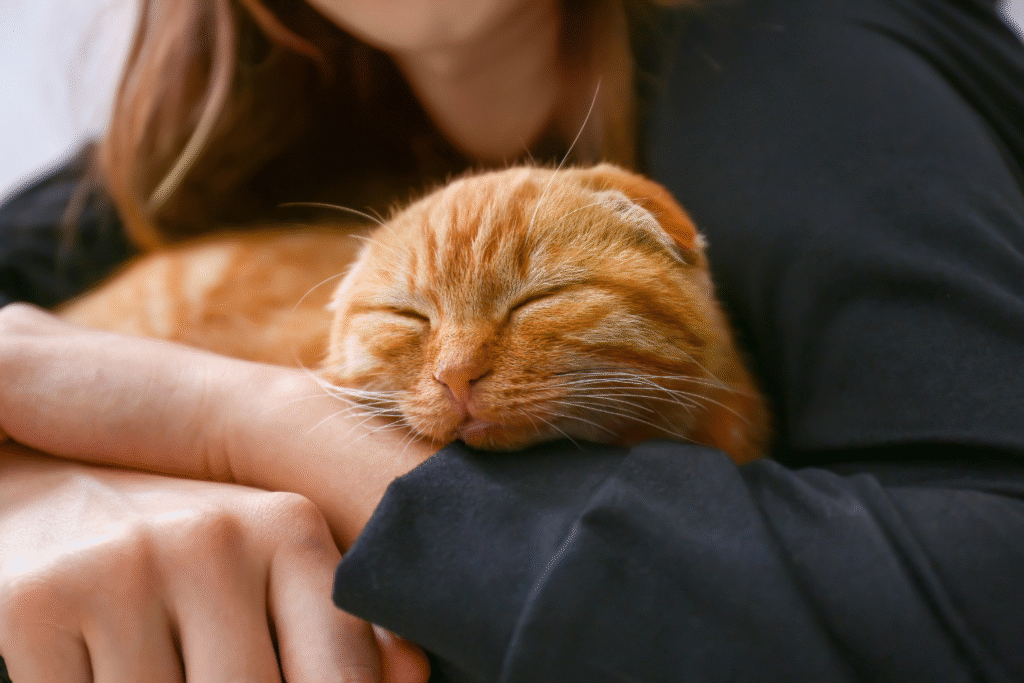
It’s an uncomfortable truth in rescue circles: Scottish Folds show up more than people expect. Sometimes it’s allergies or finances. But often, the real reason is the medical care becomes too much. People adopt them thinking they’re chill, low-energy lap cats, then slowly realize what they’ve signed up for. The guilt sets in fast, especially when the cat starts limping at age two.
Rehoming a cat with chronic pain is not easy or ideal. It’s an emotional process that affects the whole household. And by that point, both the cat and the human have already been through too much.

s3whvh